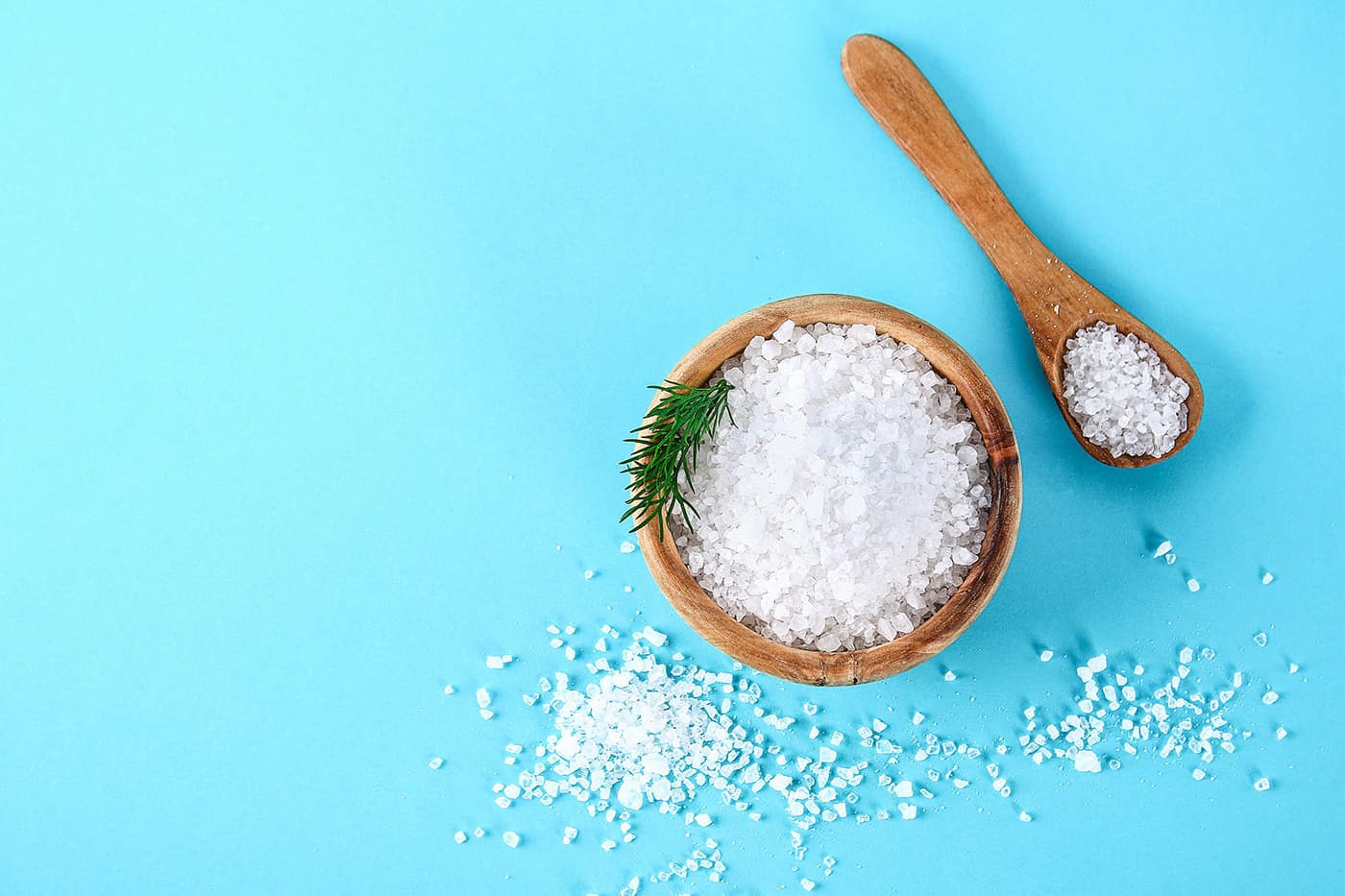Are you looking to adjust your diet for better heart health in your elder years? Reducing sodium intake is critical for maintaining a healthy heart. You might not even know what your daily sodium intake should be, let alone know where to start to reduce it. With our dementia care at Inspired Living at Ivy Ridge, we promote a heart-healthy diet. Our guide will make sure that you have the proper knowledge and understanding of sources of sodium, foods high in sodium, and daily recommended intake levels. Learning these tips will provide clear direction on making good dietary choices every day. If you are trying to limit how much sodium you consume for your heart’s health, this guide can help. Inspired Living at Ivy Ridge is here to provide you with actionable tips for reducing sodium intake in seniors.
The Recommended Daily Intake of Sodium in Seniors
If you’re like most Americans, your sodium intake is surpassing recommended levels and could put your health at risk and lead to things like high blood pressure. One teaspoon of table salt contains 2,325 milligrams (mg) of sodium. This is slightly more than the maximum recommended daily amount of 2,300 mg suggested by health professionals. However, for anyone over 70 years of age, this amount is reduced to 1,200 mg a day.
How to Reduce Sodium Intake
Reducing sodium intake is an important step in achieving a healthy lifestyle. Here are some tips for reducing your sodium intake:
Avoid Sodium Rich Foods
The majority of sodium in the average American diet is found in processed or prepared foods like bread, pizza, deli meat and bacon, cheese products, soups, fast food items, and pre-prepared dishes. Condiments often contain sodium in large quantities; for instance, one tablespoon (15 milliliters) of soy sauce contains around 1,000 mg.
Eat More Fresh Foods
Eating fresh fruits and vegetables are nutritionally rich and supplies your body with the naturally low sodium content that it needs. Opt for fresh or frozen poultry or meat that hasn’t been injected with a solution containing high levels of sodium. Be sure to check out the label on any packaged goods before carting them away, or simply ask your butcher what they recommend!
Check the Label
You can easily determine the salt content of most pre-packaged foods by simply checking their Nutrition Facts label. In addition, you will be able to tell whether or not added sodium was included in ingredients such as:
- Monosodium glutamate (MSG)
- Baking soda or powder
- Disodium phosphate
- Sodium bicarbonate, alginate, citrate or nitrate
Remove Salt From Recipes Whenever Possible
You can omit the salt from a vast selection of recipes, including casseroles, soups and stews. To improve your health outcomes related to high blood pressure or heart disease, you should look for cookbooks that specifically focus on these issues.
Liven up your meals with a burst of fresh flavor! Ditch the boring saltshaker and instead use flavorful herbs, spices, zest from citrus fruit or juice for an exciting twist.
Discover More Ways to Stay Healthy as a Senior
It is important to be mindful of your sodium intake in order to maintain a healthy lifestyle. By avoiding processed and prepared foods that are high in sodium you can easily reduce your daily sodium intake.
For those looking for additional help with this topic or other senior healthcare topics contact Inspired Living at Ivy Ridge and schedule a tour today.





